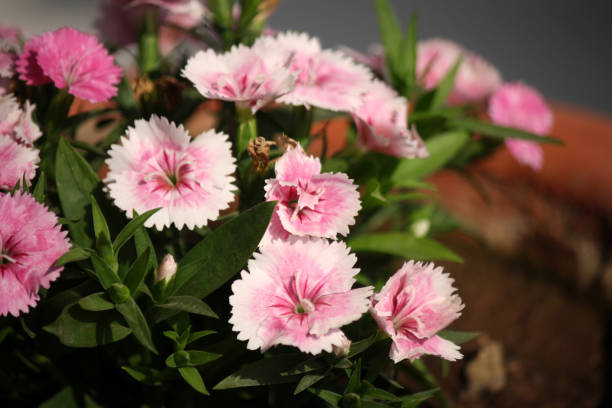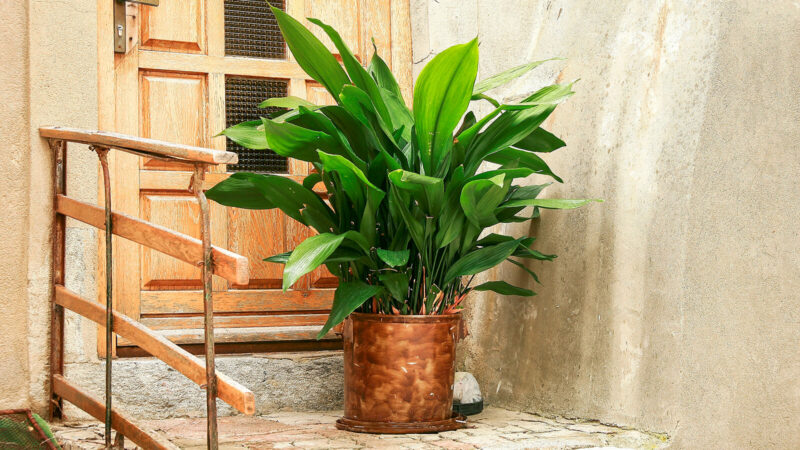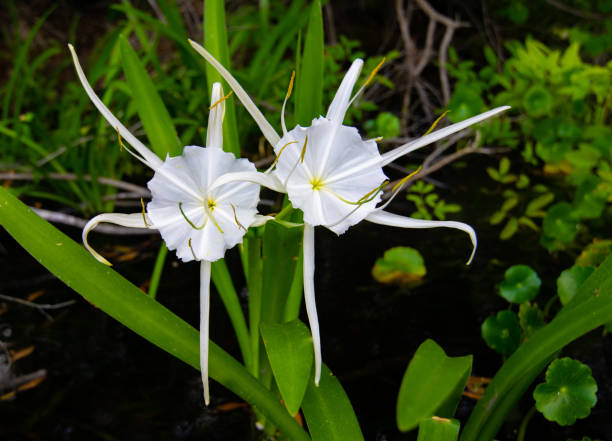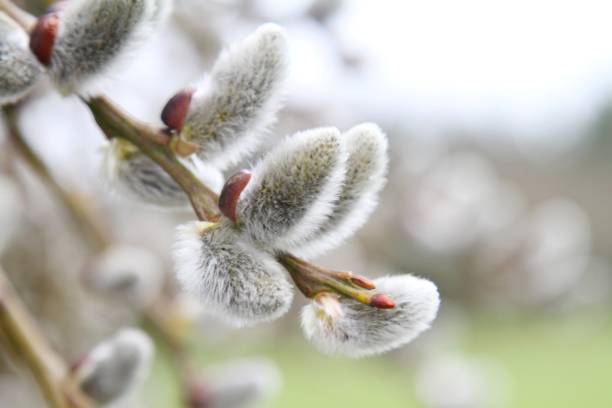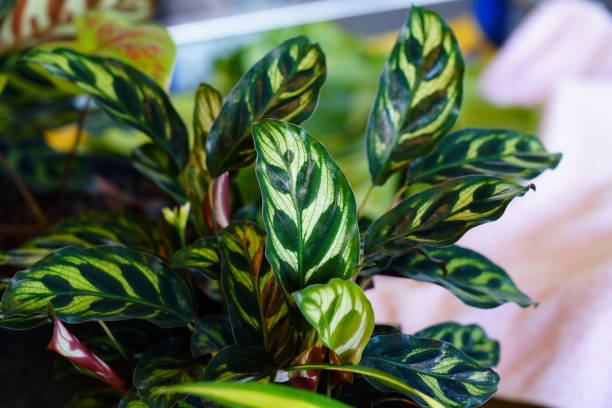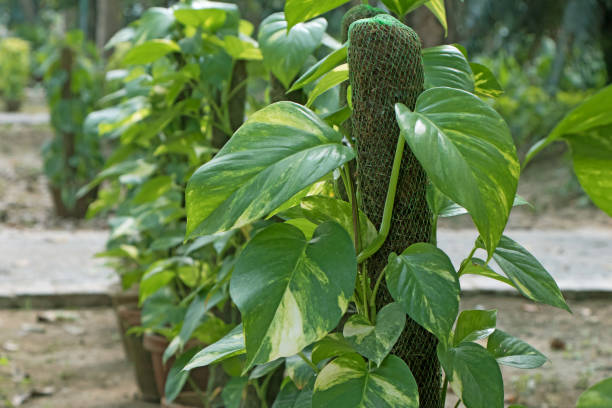Sansevieria Moonshine Care & Growing Guide
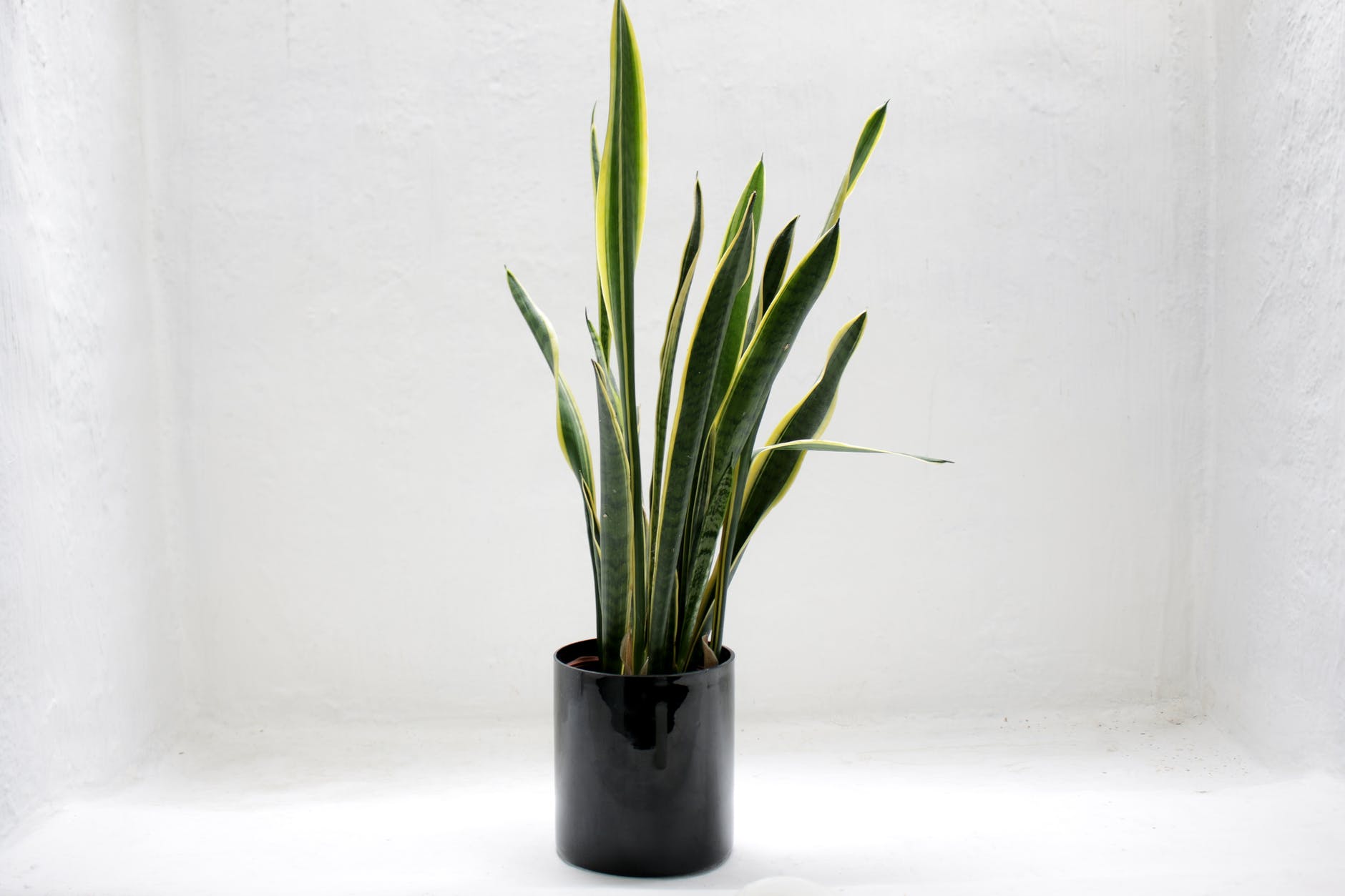
Sansevieria moonshine, also known as Sansevieria Craigie, Sansevieria laurentii Superba, and Sansevieria jacquinii, is a type of succulent that belongs to the Asparagaceae family.
Native to West Africa, Nigeria, and Congo, this beautiful plant makes a great houseplant for places with warm climates. People also know this plant by the following names:
- Sansevieria Futura Silver Offset’
- Moonlight snake plant
- Moonlight Sansevieria
- Silver Moonshine
- Sansevieria trifasciata ‘Moonshine’
- Moonshine snake plant
All these names are referenced on the beautiful silver-green color of the succulent leaves. One of the most interesting names of this plant is “Mother-in-Law’s Tongue,” which is opposed to the sharp edges of the leaves.
If you wish to grow this indoor plant at your home, read the below-mentioned steps on how to grow and care for Sansevieria Moonshine.
Read more- These Are The Best Mushroom Growing Kit For Delicious and Nutritious Yields
Tips To Grow Sansevieria Moonshine
With the help of these tips and techniques, you will be able to properly care for your Moonshine plant and keep it growing healthy for years to come.
- LIGHT REQUIREMENTS
Sansevieria moonshine thrives best in bright but indirect lighting. It can also dwell in low light conditions, given the condition that it is kept in direct sunlight for some time. However, if you want to retain the bright green color of the plant, it is not ideal to leave it in direct sunlight for long hours.
- WATER
The best part about this indoor plant is that it does not require a lot of water to sustain. Make sure to keep the soil completely dry before you water it again, and also refrain from watering the leaves. During the winter months, water the plant only when you notice droopy leaves.
- CLIMATE
Sansevieria moonshine does not like humid climates or wet leaves. It loves warmer months and dry climates with zero humidity. Also, even in dry places, the plant cannot survive well in cold temperatures.
- SOIL
Soil is not of much concern with this indoor plant. Whether you are planting it for the first time or repotting it, you can choose any soil that is available to you. It can survive in most types of soil. Make sure to use potting soil that can properly absorb the water and does not drain.
- TEMPERATURE
Whether you keep the plant indoors or outdoors, the ideal temperature for Sansevieria moonshine is between 55-88 degrees. In case the temperature rises above 85F, it will do well but will require comparatively more water. If the temperature falls below 55F, you will notice leaves curling up and also some scarring. The cold will not harm the leaves but can affect their appearance, and once it happens, there is no reversing it back. You will have to get rid of the damaged leaves in the end.
- REPOTTING
When you repot the plant, you need to keep in mind that it thrives well in pots that can crowd its roots. Sansevieria moonshine does not like too big pots, so make sure you choose a similar size pot when repotting it. Keep the pot only 1 inch larger, not more, and also pack some extra soil.
- SPEED OF GROWTH
If you are looking for a plant that grows fast and needs trimming, then Sansevieria moonshine is not the right pick for you. The growth of this plant depends on the amount of sunlight it gets. In case it is kept in indirect sunlight, the plant will grow only a few inches in a year. If you keep the plant in direct sunlight, it will grow a little faster but still at a moderate growth.
- HEIGHT AND SPREAD
The plant does not grow too wide; it keeps to itself and only spreads about 8-12 inches maximum. The height of Sansevieria moonshine depends on the depth of the pot, how much root growth it can allow; the maximum height of Sansevieria is upto 6 feet.
- FLOWERS
The blooms of the Sansevieria plant come out only when it is kept in enough warm temperatures, bright lights to bathe in. This means summer is the ideal blooming season for Sansevieria moonshine flowers. You will see small white bulbs that stay open for several hours a day. They also have a slight fragrance that does not last for a long time after blooming. Once it starts to bloom flowers, the plant will stop growing and instead will produce more plants somewhere else.
- TRIMMING
This plant does not require a lot of trimming. If you spot any dead stems or leaves, then you can trim those off so they do not rot and infect other stems and leaves. Get rid of dead leaves by cutting the blade away and make sure to stay close to the soil top.
Is sansevieria Moonshine poisonous?
Moonshine plants are completely safe to touch; however, they can face some severe stomach problems if a kid or pet eats it. This plant is slightly poisonous and can cause vomiting, extreme stomach and throat irritation if ingested. If you have small kids at home, it’s not safe to keep this plant indoors.
Can Sansevieria moonshine plants grow in water?
This moonshine snake plant cannot grow in water and will immediately die. A Snake plant hates too much watering.
Read more- These are The Essential Tools Used For Gardening
How to get Sansevieria moonshine blooms?
The best way to get beautiful blooms of Sansevieria Superba is by keeping them in sunlight. The more light it receives, accompanied by warm weather, the more healthy your plant will grow. This will get flowers blooming beautifully on your Sansevieria.
Common Sansevieria moonshine Plant Diseases and Problems
The Sansevieria plant attracts mealybugs. They burrow mouths into the plant’s stem and then suck out the nutrient-rich liquid. This makes the plant weak, and it can also die if not treated soon. Whenever you spot mealybugs on your moonshine snake plant, spray rubbing alcohol on the bugs lightly. Rubbing alcohol will hurt bugs, making them run away, and when all of them are gone, they will lightly spray alcohol on the soil to prevent them from returning.
Red leaf spot is another very common fungal disease that can kill the Sansevieria Moonshine snake plant. The fungal disease eats away the plant leaves and makes the leaves and stems sticky and wounded. To prevent red leaf spots from spreading, you need to get rid of all the infected leaves and spray fungicide to prevent the disease from spreading.
Sansevieria Moonshine makes a great addition to indoor house plants and adds a charm to the room. If you like these tips on how to grow and care for Sansevieria Moonshine, do not forget to leave a comment down below.

